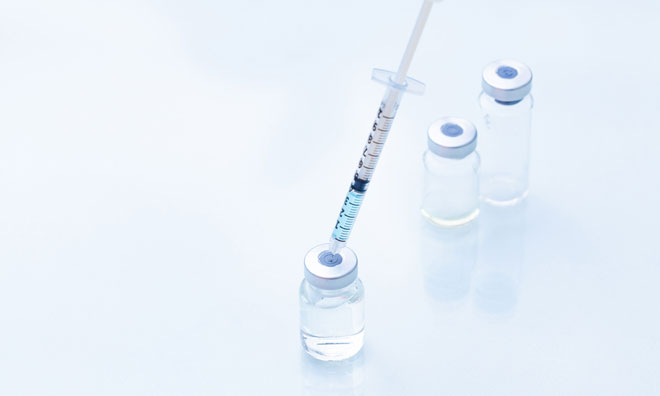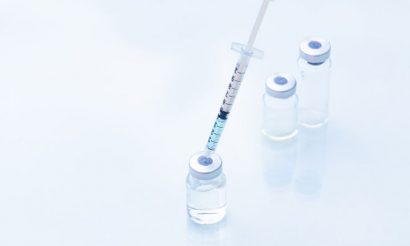FDA approval for Sanofi’s Soliqua to treat type 2 Diabetes
Posted: 29 November 2016 | | No comments yet
Soliqua 100/33 is the combination of Lantus (insulin glargine 100 Units/mL) and lixisenatide, a GLP-1 receptor agonist, studied in a Phase 3 program…


The US Food and Drug Administration (FDA) has approved Sanofi’s Soliqua 100/33 (insulin glargine & lixisenatide injection) for the treatment of adults with type 2 diabetes inadequately controlled on basal insulin (less than 60 Units daily) or lixisenatide.


Soliqua 100/33 is the combination of Lantus (insulin glargine 100 Units/mL) and lixisenatide, a GLP-1 receptor agonist, studied in a Phase 3 program of more than 1,900 patients.
Supporting results
In an insulin intensification study, Soliqua 100/33 showed better HbA1c (average blood sugar over time) lowering versus Lantus with a majority of the 736 patients (55% vs. 30%) achieving the American Diabetes Association target of less than 7% at 30 weeks.
Patients experienced similar rates of documented (less than or equal to 70 mg/dL) hypoglycemia compared to Lantus-treated patients. The most frequently reported adverse events included hypoglycemia, as well as nausea (10%), nasopharyngitis (7%), diarrhea (7%) and upper respiratory tract infection (5%).
Drug specifics
Source: sanofi ksa
Soliqua 100/33 will be delivered in a single pre-filled pen for once-daily dosing covering 15 to 60 Units of insulin glargine 100 Units/mL and 5 to 20 mcg of lixisenatide using SoloStar technology and will be available in the US from January 2017.
“Soliqua 100/33 is an alternate new approach that can help adults living with type 2 diabetes uncontrolled on basal insulin or lixisenatide to reach their treatment goal,” said Elias Zerhouni, MD President, Global R&D, Sanofi.
The combination was submitted for regulatory review in a total of 10 markets, including the EU, where the Committee for Medicinal Products for Human Use (CHMP) of the European Medicines Agency (EMA) adopted a positive opinion for the marketing authorisation of the product on November 11, 2016. It has not yet been approved for use by any health authority outside the US.



